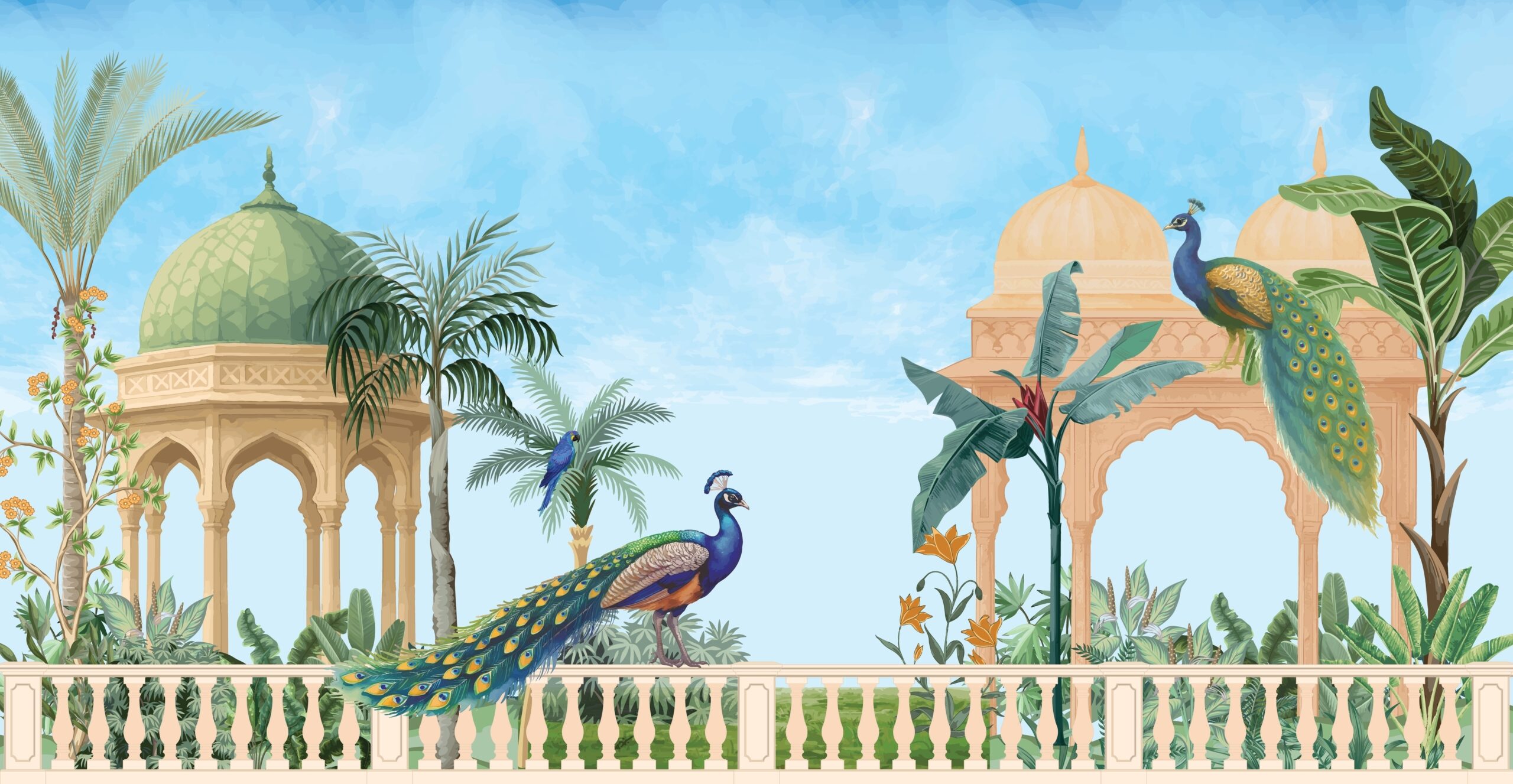Design is far more than mere decoration; it is a material artifact of culture, anthropology, and societal evolution. Every choice—a color, a form, a material—is encoded with the collective history, values, and environment of the people who made it. Anthropologically, design acts as a non-verbal language, communicating status, belief, and identity. Its evolution is not random, but a direct response to functional needs, spiritual imperatives, and resource availability.
Design, viewed through an anthropological lens, transcends mere aesthetics to become a crucial material culture—the tangible evidence of human existence, beliefs, and societal structures. The design choices made by a culture are not arbitrary; they are the most visible solutions to existential problems, whether they involve surviving a harsh climate, organizing a complex society, or expressing a deeply held spiritual conviction. This approach elevates the study of design from art history to an integral part of human ecology and evolution.
1. India: The Geometry of the Sacred and the Sensory Overload
Indian design, famous for its pervasive murals and florals, is fundamentally rooted in a culture that prioritizes narrative continuity, spirituality, and a rich, sensual experience of the world. Anthropologically, India’s dense population and profound religious diversity necessitated design that could accommodate large, intergenerational family units (joint families) and simultaneously facilitate complex, continuous rituals and festivals. This cultural demand translates directly into the elaborate nature of the design. The widespread use of the mandala and yantra in art and architecture is not simply decorative; it reflects an ancient philosophical quest for cosmic order, using sacred geometry to map the universe and aid in meditation. Furthermore, the extensive use of floral (bootis/paisleys) and animal motifs, along with bright, saturated colors, is directly embedded in Hindu and Mughal mythologies, symbolizing fertility, prosperity, and the life-affirming interconnectedness of nature. As the culture transitioned from early rock-cut Buddhist simplicity to the ornate, multi-layered (temple towers) of the later Puranic era, the design became visually and spatially more complex, mirroring the growing intricacy of the faith and the need to visually articulate a vast pantheon. This heritage ensures that contemporary Indian design continues to excel in intricate handloom textiles and detailed craftsmanship, reflecting a long tradition of artisanal excellence supported by royal and regional court patronage.
2. Japan: Wabi-Sabi, Transience, and Resource Constraints
Japanese design, characterized by its austere minimalism, asymmetry, and reliance on natural materials, is a profound aesthetic philosophy forged by geography and spirituality. As an isolated, resource-scarce, and seismically active island nation, the Japanese people were compelled to develop lightweight, modular, and resilient structures. Culturally, Zen Buddhism became the core aesthetic driver, promoting an appreciation for simplicity, quiet contemplation, and the acceptance of transience (). This resulted in Wabi-Sabi, the appreciation of beauty in imperfection, aging, and austerity—a perfect design solution for a world prone to sudden seismic destruction. In architecture, the use of shoji screens (sliding panels) and tatami mats created highly flexible, multi-purpose spaces, brilliantly solving the problem of limited space while allowing for easy disassembly and repair. Even in product design, such as traditional tea ceremony utensils (), imperfections like an uneven glaze or an organic shape are intentionally highlighted, asserting the uniqueness and temporary nature of the object. The contemporary architecture of masters like Tadao Ando continues this evolution, using exposed concrete and controlled light to maintain the core Japanese principles of and .
3. Scandinavian (Norway, Sweden, Denmark): Functionalism and Equity
Scandinavian design, known globally for its clean lines, light wood, and high functionality, is a direct cultural product of social democracy and a challenging northern environment. The genesis of the movement was driven by a powerful cultural tradition of social equality and public welfare, which demanded that good design should be democratic—accessible, high-quality, and beautiful for all citizens, not just the elite. Anthropologically, the long, dark winters necessitated a design approach that aggressively maximized the sparse natural light. This led to the pervasive use of light-colored woods (birch, pine) and white or pale walls. The central principle became functionalism (), where every element is pared down to its utility. This lack of superfluous decoration reflects the culture’s anti-establishment and equitable values, ensuring the design is honest and devoid of pretension. By integrating durable, natural materials like wood and leather, Scandinavian design connected the interior space to the vast, encompassing forests, providing a psychological anchor during the winter isolation.
4. Morocco: Isolation, Geometry, and the Hidden World
Moroccan design, famous for its intricate geometric tilework () and the inward-facing architecture, is a perfect example of cultural constraints dictating design aesthetics. The strict adherence to Islamic cultural tenets prohibiting the depiction of living beings (iconoclasm) channeled all artistic energy into abstract geometry and calligraphy. The result is the mosaic, a mathematical marvel where complex, non-repeating patterns of stars and polygons symbolize the infinite nature of God, demonstrating a profound intersection between and artistic expression. Furthermore, the hot, arid desert climate necessitated a closed, massive architecture. The traditional house is built around a cool, central courtyard, creating a private microclimate that is completely shielded from the public, dusty street. This introverted structure reflects a deep cultural emphasis on privacy, family life, and the separation of the domestic sphere from the public realm. The vibrant color palette (cobalt blue, saffron yellow) is sourced from natural, mineral pigments, showcasing a design tradition rooted in local resourcefulness.
5. China: Hierarchy, Symbolism, and the Dragon Motif
Chinese design is defined by a system of codified symbolism, strict symmetry, and a historical focus on imperial and bureaucratic grandeur. A long history of centralized power and a deeply hierarchical social order, reinforced by Confucianism, meant that design was paramount in communicating rank, status, and authority. Symmetry and balance are sacrosanct in architecture and art, visually reinforcing the Confucian ideal of social harmony and cosmic order. Color is perhaps the most explicit signifier: yellow or gold was reserved solely for the Emperor (the earthly Son of Heaven), while red symbolized luck, celebration, and vitality. Motifs are never random; the dragon is the ultimate symbol of imperial power and good fortune, the phoenix represents the Empress, and simple designs like the bat or the cloud are coded symbols for wealth () and longevity. This design language ensured that one’s social position was instantly recognizable in one’s clothing, home, and belongings. Even as modern China embraces global design, its large-scale contemporary architecture often reinterprets these traditional motifs and scales to project a renewed sense of national and economic power.
6. Mesoamerica (Mayan/Aztec): Monumental Scale and Cosmovision
Pre-Columbian design, particularly in the Mayan and Aztec civilizations, is characterized by its monumental stone architecture, detailed relief carvings, and sophisticated astronomical alignment. These societies were built on complex, advanced agrarian systems, sophisticated mathematics, and an intense focus on their pantheon and the cosmos. Design’s primary function was not residential but ritual and ceremonial, serving as the physical intermediary between the human and divine. The step-pyramid was engineered as an artificial mountain, creating a vertical axis that connected the earthly realm to the heavens. The extensive carvings and glyphs that cover these structures are not mere decoration; they are historical records, calendrical data, and ritual instructions, depicting deities like Quetzalcoatl and recording crucial astronomical events. The massive scale of these projects demonstrates the powerful central authority and organized communal labor that was required to sustain their and military empires. After the Spanish conquest, this indigenous design language was violently merged with European Baroque, creating a unique, syncretic style in colonial churches and ceramics.
7. Bauhaus (Germany): Industry, Utility, and Social Change
The Bauhaus school (1919-1933) represents a monumental, conscious break from culturally traditional design, championing a modern, industrial, and universal aesthetic. Founded in post-World War I Germany, the movement was born out of a profound need for social reconstruction and a total rejection of the previous era’s ornate, class-based architecture and art. Its guiding principle, “Art into Industry,” sought to erase the distinction between fine arts, craft, and mass production. Driven by socialist ideals, Bauhaus design was stripped down to its essential geometries (squares, circles, triangles) to create products that were inexpensive, easily reproducible, and accessible to the working masses. The rapid adoption of new industrial materials like steel tubing, glass, and reinforced concrete emphasized a clean, functional, and modern lifestyle. Figures like Walter Gropius and Mies van der Rohe created a minimalist language that was intended to be universally applicable, ultimately becoming the foundation for the International Style that spread globally and shaped the 20th-century urban environment.
8. Ancient Greece/Rome: The Human Form and Ideal Proportion
Classical design is the foundational source of Western concepts regarding balance, proportion, and the celebration of the rational human form. Greek culture, centered on philosophy, democracy, and the rational measurement of the physical world, translated its values directly into architecture. The three classical orders (Doric, Ionic, Corinthian) were rigorously based on precise mathematical ratios, most notably the Golden Ratio (), reflecting the belief that beauty was an objective, rational property of the universe. Greek sculpture served to idealize the human form—the athlete, the citizen, the philosopher—reflecting a cultural focus on human excellence () and achievement. Roman design, while inheriting the Greek aesthetic, adapted it to a focus on efficient engineering and imperial power. The Romans perfected the arch and concrete, allowing them to build massive, purely utilitarian infrastructure like aqueducts and efficient grid-planned cities, demonstrating the evolution of a design language from to .
9. West Africa (Yoruba, Ashanti): Pattern, Identity, and Aurality
Design in many West African cultures is characterized by bold, abstract patterns, complex color palettes, and deep symbolism intrinsically linked to oral tradition and social structure. The Ghanaian Kente cloth (Ashanti/Ewe) is a prime anthropological example: every color and geometric motif woven into the textile is not mere decoration but a coded piece of knowledge, a proverb, or a record of historical events. The design itself acts as a mnemonic device for oral history. Furthermore, the way the cloth is worn and draped communicates the wearer’s exact social status, wealth, and lineage. Similarly, ritual masks are often highly stylized or abstract, intended to embody spirits or facilitate a wearer’s transformation during ceremonies, functioning as powerful anthropological tools for mediating the spiritual and social world. This tradition of using pattern as narrative ensures that contemporary West African design continues to influence global fashion and graphic arts with its vibrant, narrative complexity and focus on community identity.
10. The Netherlands (De Stijl): Pure Abstraction and Utopian Ideals
The (The Style) movement was a radical Dutch art and design phenomenon that championed pure abstraction, primary colors, and straight lines. Emerging in the early 20th century, the movement was driven by a powerful and spiritual ideal: to use design to create a new, objective, and harmoniously ordered society after the chaos of World War I. Designers like Piet Mondrian and Gerrit Rietveld systematically reduced all visual forms to their primary components: the vertical/horizontal axis and the colors red, yellow, and blue. This was a deliberate attempt to create a universal aesthetic language—one that was so essential and rational that it would transcend all emotional, national, and historical differences, appealing only to logic and order. This strict, reductive aesthetic profoundly influenced modern architecture and graphic design globally, demonstrating a cultural belief that design could serve as the foundation for a more rational and peaceful social future.




